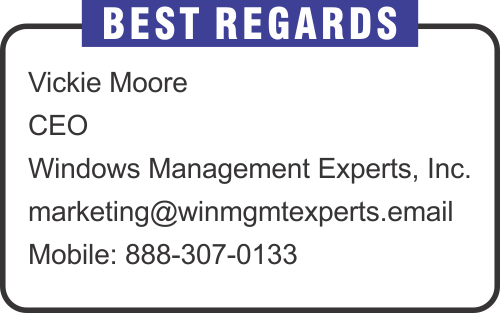Monthly Email Newsletter curated by our Top Editors

Microsoft Power Pages is the newest module of the Power Platform. It’s a service built on the Power Apps portals. It allows you to create and host external-facing business websites. Embedded low-code designer together with advanced customization options gives you a very flexible web development tool. There are other tools that you can use to create websites and expose them to the Internet, so what’s so special about Power Pages? What are the possible uses cases?
In this article, I will show you how to start working with Power Pages and prepare for more advanced scenarios.
In this post, we will go through new features released in Configuration Manager 2207 and we can use after upgrading to 2207 version. The update is available in SCCM console under updates and servicing node as an in-console update. if you are running SCCM version 2103 or later version, you can upgrade to latest version. You can use service connection point site system role to update online and when the service connection point is offline, use the service connection tool.
Install the update from Central administration site or from standalone primary site. After the update is installed in top level site, proceed with updating child sites. Child Primary sites will be update automatically after CAS update completed. We need to update secondary sites manually after primary site update completed. Automatic update is not supported for secondary sites.
In the first article about Power Pages, I went through the key features and process of site creation. Now we can go through all available components and start creating content pages. Let’s go and check components, navigation options, how to connect the pate with Dataverse tables, and more.
Power Pages Design Studio is the tool that you need to create and manage your pages. There are 4 sections that you can use:
- Pages – use this workspace to create and edit your pages
- Styling – use predefined styles or create a custom one and apply it to your page
- Data – in this section you can manage your Dataverse tables, modify them, and add other ones
- Set up – additional settings for your sites (Identity providers and Table permissions)
In this post, I will show more details about devices and the applications installed. This post contains Device inventory information in MS Endpoint Manager Portal. It contains the information like operating system, serial number & other hardware details, actions on the device properties. Sign in Microsoft Endpoint Manager admin center portal and go to devices -> All devices -> Select the device to show the device name, serial number, primary user and the below actions can be performed on the device.





